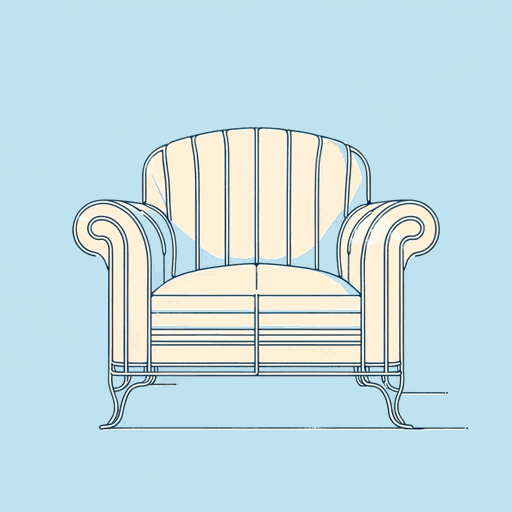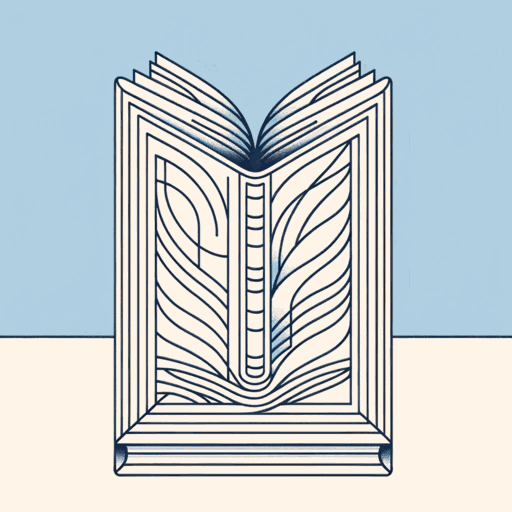36 pages • 1 hour read
Sigmund FreudOn Dreams
Nonfiction | Book | Adult | Published in 1901A modern alternative to SparkNotes and CliffsNotes, SuperSummary offers high-quality Study Guides with detailed chapter summaries and analysis of major themes, characters, and more.
Chapters 10-11Chapter Summaries & Analyses
Chapters 10-11 Summary and Analysis
Freud compares repression to a form of censorship. The thought is formulated based upon experience, memory, and feeling. It passes through censorship and what is left behind is repressed. Dreams limit the mind’s ability to censor everything that is repressed, and small pieces make it through. Sleeping creates a compromising state in which the psychologist and the patient can examine the condensation and displacement to obtain a meaningful interpretation. Freud suggests that one of the reasons humans forget dreams or parts of dreams is that these parts hold the key to the meaning of the dream and are representative of what would ordinarily be repressed.
Freud speaks about dreams and the unconscious mind as if they have agency. In his work, Freud describes a process by which dreams make intentional choices about condensing information and concealing individual components through the process of censorship. In this way, Repression and the Unconscious hold profound power over what is made available to the conscious mind.
Related Titles
By Sigmund Freud

Civilization And Its Discontents
Sigmund Freud

Moses and Monotheism
Sigmund Freud

The Freud Reader
Sigmund Freud

The Future of an Illusion
Sigmund Freud

The Interpretation of Dreams
Sigmund Freud

The Uncanny
Sigmund Freud

Three Essays on the Theory of Sexuality
Sigmund Freud

